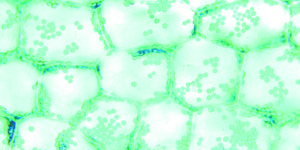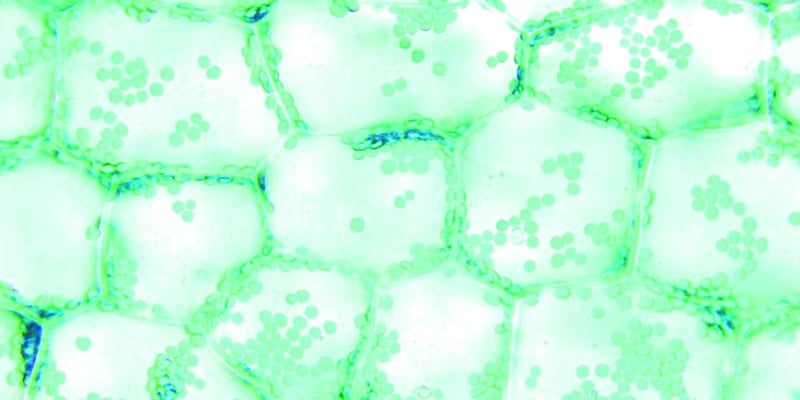For the first time, Stanford researchers have created a protein transporter simulation of sugar molecules across cell membranes, providing insight into the development of neurotransmitter drugs for treatment of psychiatric disorders like depression.

Protein transporters control the process of nutrients and molecules passing through cell membranes. But before the development of this simulation, scientists did not have a clear picture of how they open and close. Assistant Professor in Molecular and Cellular Physiology Liang Feng partnered with Associate Professor of Computer Science Ron Dror to write the paper releasing the results of the simulation in the acclaimed scientific journal, Cell.
“Now that we have a better understanding of how transporters work, we can break down the process and see what’s actually important,” Feng told Stanford News.
Transporter proteins ferry neurotransmitters like dopamine and serotonin naturally, but drugs often have to evade transporters to enter the cell. Transporter proteins are part of the cell membrane and have one gate that opens to the outside and another to the inside. They are too small to be seen through a microscope, making the process nearly impossible to see in real life.
Before the creation of this simulation, scientists used a technique called crystallography to configure the shape of the protein. Crystallography combines static images with biological experiments, but only makes guesses as to how the proteins behave.
Feng worked with a graduate student in his lab, Nathan Fastman M.S. ’17, to provide crystallography images of a transporter in different stages of a particular sugar transporter. With these images, Dror and Naomi Latorraca M.S. ’18, a graduate student in Dror’s lab, programmed the physical forces between atoms to see how simulated atoms would act spontaneously during the sugar transport process.
“Plus, the underlying physics models have become more accurate, and we now use better algorithms,” Dror said.
The simulation found structures that matched images produced by crystallography, proving the “airlock” theory of transporter control. This theory says that the outer gate opens, allowing the molecule to enter the cell, before the inner gate decides if the molecule is allowed into the cell itself. This shows that the protein is stable with at least one gate closed at a time.
“The beauty of this paper is the simulation and the experimental evidence match really well, so we know the simulation is very likely to be real,” Feng said.
Dror said this discovery allows scientists to understand how drugs are allowed to pass through the membrane, and how to produce drugs that protein transporters support. This could have wide-ranging implications for drug development and treatment of difficult diseases.
“For example, one could treat diseases like diabetes by creating drugs that bind to and regulate transporters, and preventing drugs from getting thrown out of cells by transporters would help avoid problems such as antibiotic resistance,” he said.
Contact Gillian Brassil at gbrassil ‘at’ stanford.edu.
